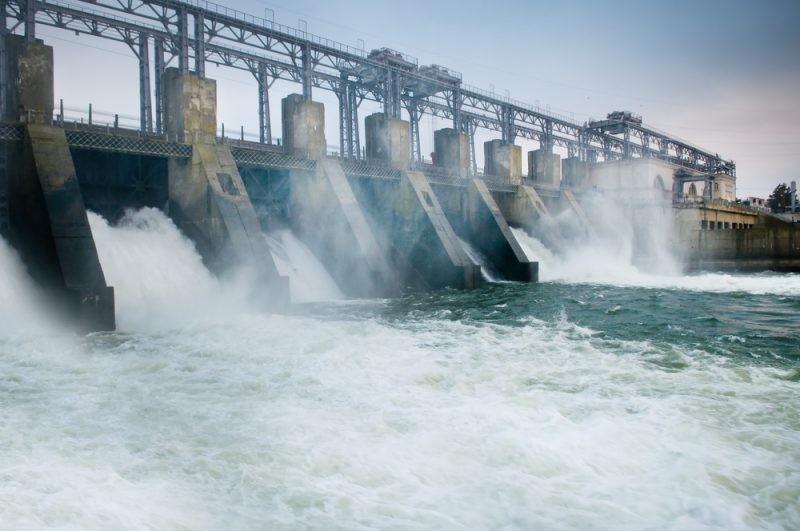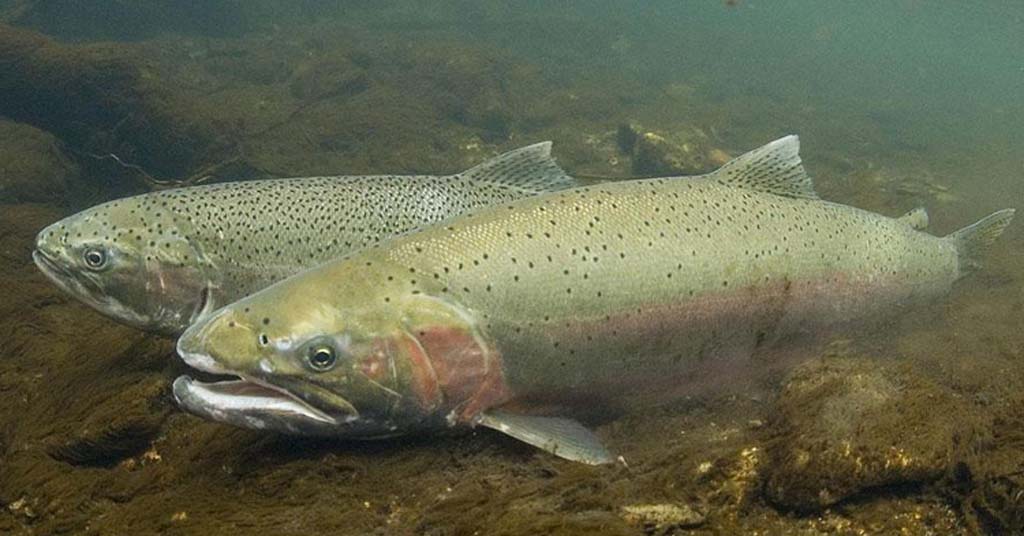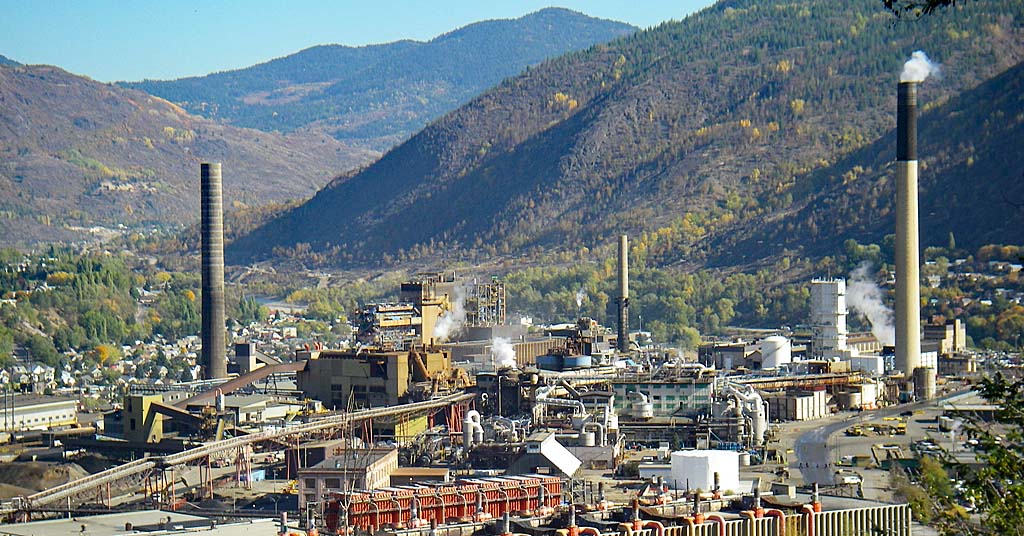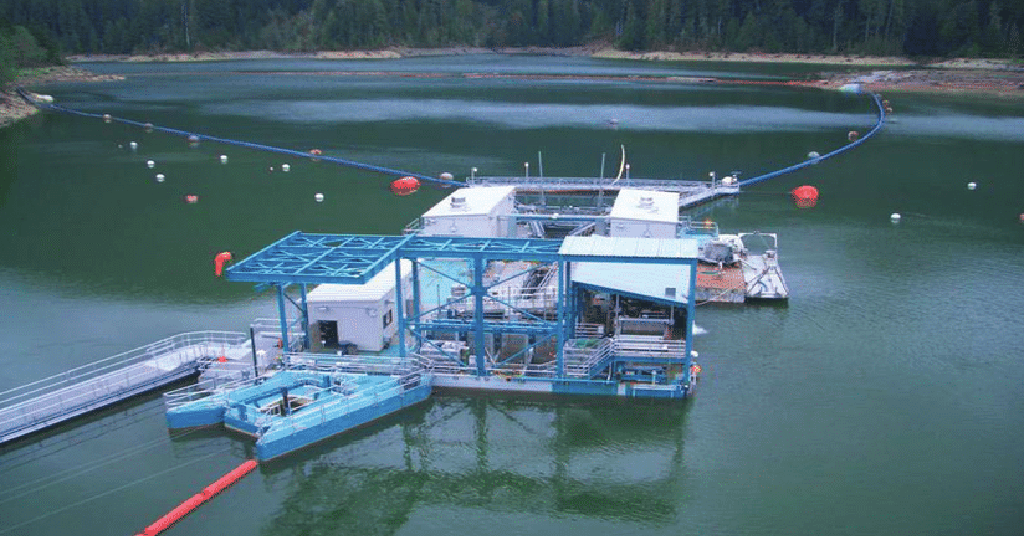By Dac Collins. Jan. 4, 2019. On Dec. 20 of last year, during the manic, consumer-driven lead-up to the Christmas holiday, the U.S. Army Corps of Engineers initiated spill prevention protocol at the Dalles Dam. This response came after 192 gallons of hydraulic oil were released from one of the dam’s turbines into the Columbia River due to a leaky blade seal. The Corps responded quickly to the discharge and followed procedure by notifying the the National Response Center, Oregon and Washington emergency management offices, Columbia Riverkeeper and the Columbia River Intertribal Fish Commission.
On its own, the incident did not seem particularly devastating or sensational. The federal agency sent out a press release announcing it had removed Main Unit 12 from service, isolated it from the river and deployed absorbent pads below the Lock and Dam. “The Corps will be investigating the cause,” the release read, “and will continue to monitor the waters downstream and prepare to clean up any sheens.”
And then we carried on with our day-to-day lives, making travel plans and hitting the clearance aisles, most of us overlooking the fact that this was not just an isolated incident, but rather one sequence in a pattern of events that occurred over the course of a year (and actually stretches back even further.)
So to put things in perspective, let’s take a quick look at the other two instances where oil spilled from the Dalles Dam in 2018.

Constructed in 1957, the Dalles Dam sprang three oil leaks over the past twelve months: once in March, and again in May and December. Photo courtesy of Shutterstock.
The first, and worst, leak of the year was announced by the Corps on March 28. This announcement came after approximately 474 gallons of oil had already escaped from one of the power generating units (or turbines) at the dam. Workers in the control room were first notified of the problem on March 18, and Main Unit 5 was subsequently removed from service on March 22.
And while the Corps stated in a press release that “there is no evidence the oil went into the Columbia River,” this assertion brings up an important question: Where else would the oil have gone?
Sharon Gavin, a spokeswoman for the Corps of Engineers, says that it still “hasn’t been fully determined if oil made it into the Columbia River or what the exact amount lost was,” and that, “we’re continuing our investigation by looking into other areas within the unit where oil could be trapped.”
The second incident occurred a few months later, when 53 gallons of oil spilled from one of the dam’s turbines toward the end of May. The Corps initiated spill prevention protocol on May 31 and, after confirming the loss of oil on June 14, the unit was dewatered and isolated from the river.
Now this might seem like a fairly negligible amount of oil when compared to the 474 gallons that spilled back in March, but here’s the rub: the oil that was discharged during the two incidents, all 527 gallons of it, came from the same generating unit, also known as Main Unit 5.
Lauren Goldberg is the Legal and Program Director with Columbia Riverkeeper, and one of her primary roles is enforcing the Clean Water Act and holding polluters accountable. She has been directly involved in lawsuits against the federal government that aim to curb oil pollution from the Dalles Dam and the other hydroelectric projects along the Columbia and Snake Rivers.
Goldberg explains that these high profile spills go back much further than 12 months and, referring to the spill that occurred just a couple weeks ago, she says, “this is not an anomaly.”
“Many of the dams on the Columbia date back to the New Deal,” she continues, “and as the dams get older, we are concerned that we’re gonna see more of these types of spills.”
Which is precisely the reason why Riverkeeper filed a lawsuit against the Corps of Engineers back in 2014 and reached a settlement requiring them to apply for water pollution discharge permits with the U.S. Environmental Protection Agency. “We expect the EPA will issue those water pollution permits sometime in 2019,” Goldberg says.
The settlement also requires the Corps to monitor how much oil its dams discharge, and to set goals to reduce that amount of pollution going forward.
Of course the type of pollutant matters just as much, if not more, than the quantity, and Goldberg explains that another key piece of the 2014 settlement focuses on rethinking the types of oils that the Corps uses.
Gavin says the Corps of Engineers is fully aware of this requirement, and she points out that “environmentally acceptable lubricant greases have been and will be implemented on various in-water equipment.” She adds that, although the agency has not yet found an adequate replacement for the oil used in turbines, the Corps will continue to research non-toxic (or less toxic) alternatives over the course of 2019.
The bottom line is that both the Corps of Engineers and Columbia Riverkeeper are optimistic about the positive changes that can be made this year when it comes to operating these dams in a way that produces affordable, renewable energy but also protects the health of the Columbia River Basin.
“These dams have been spilling oil for years and the government hasn’t been doing anything about it,” Goldberg says. “But 2019 will be the year that really changes.”










